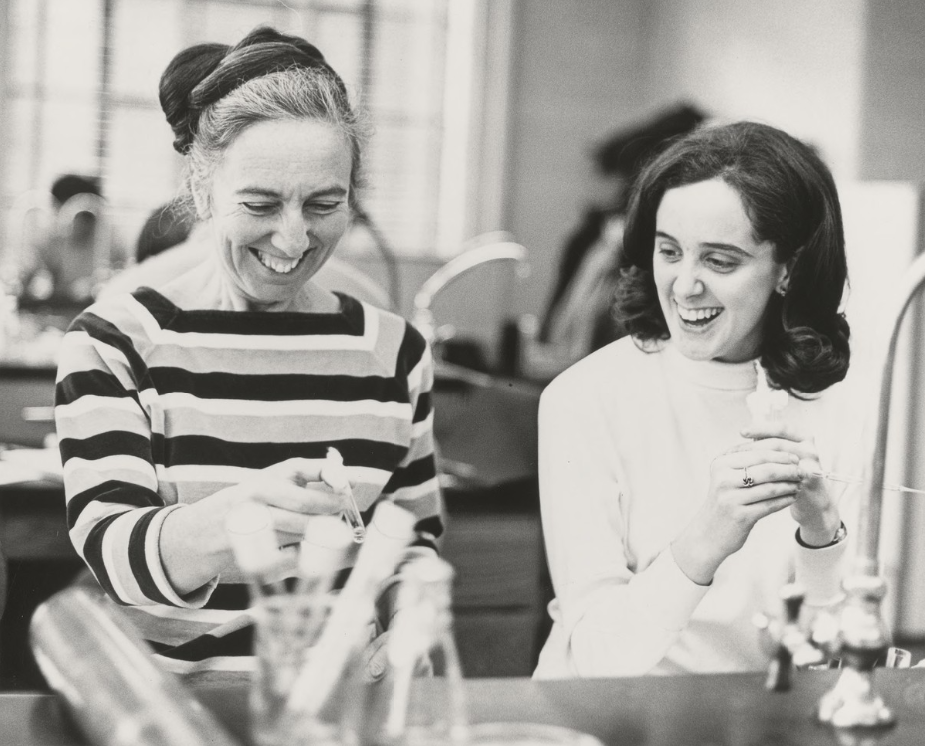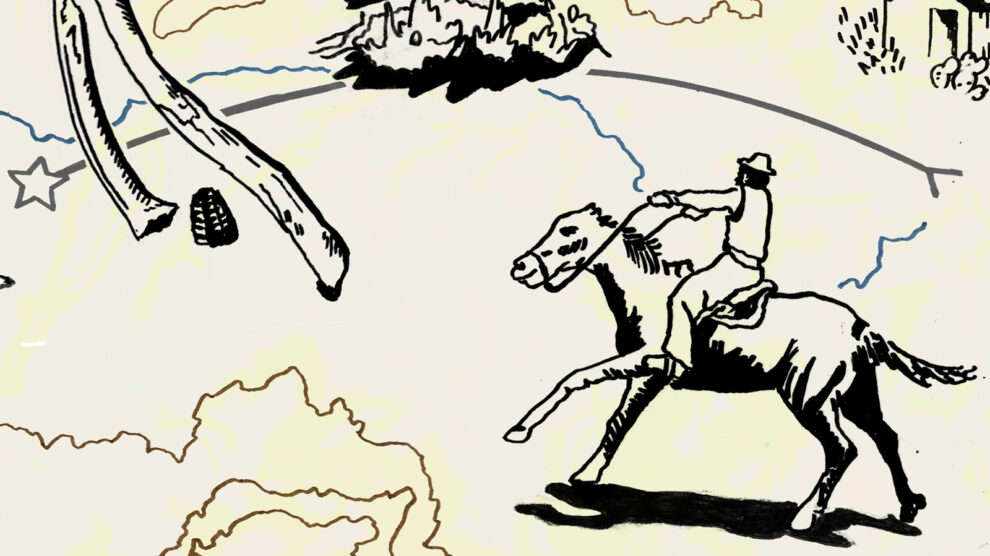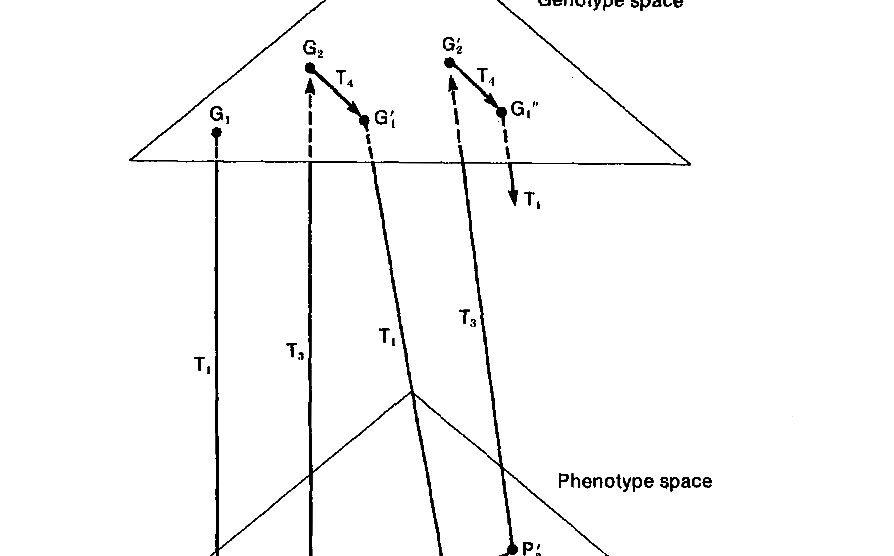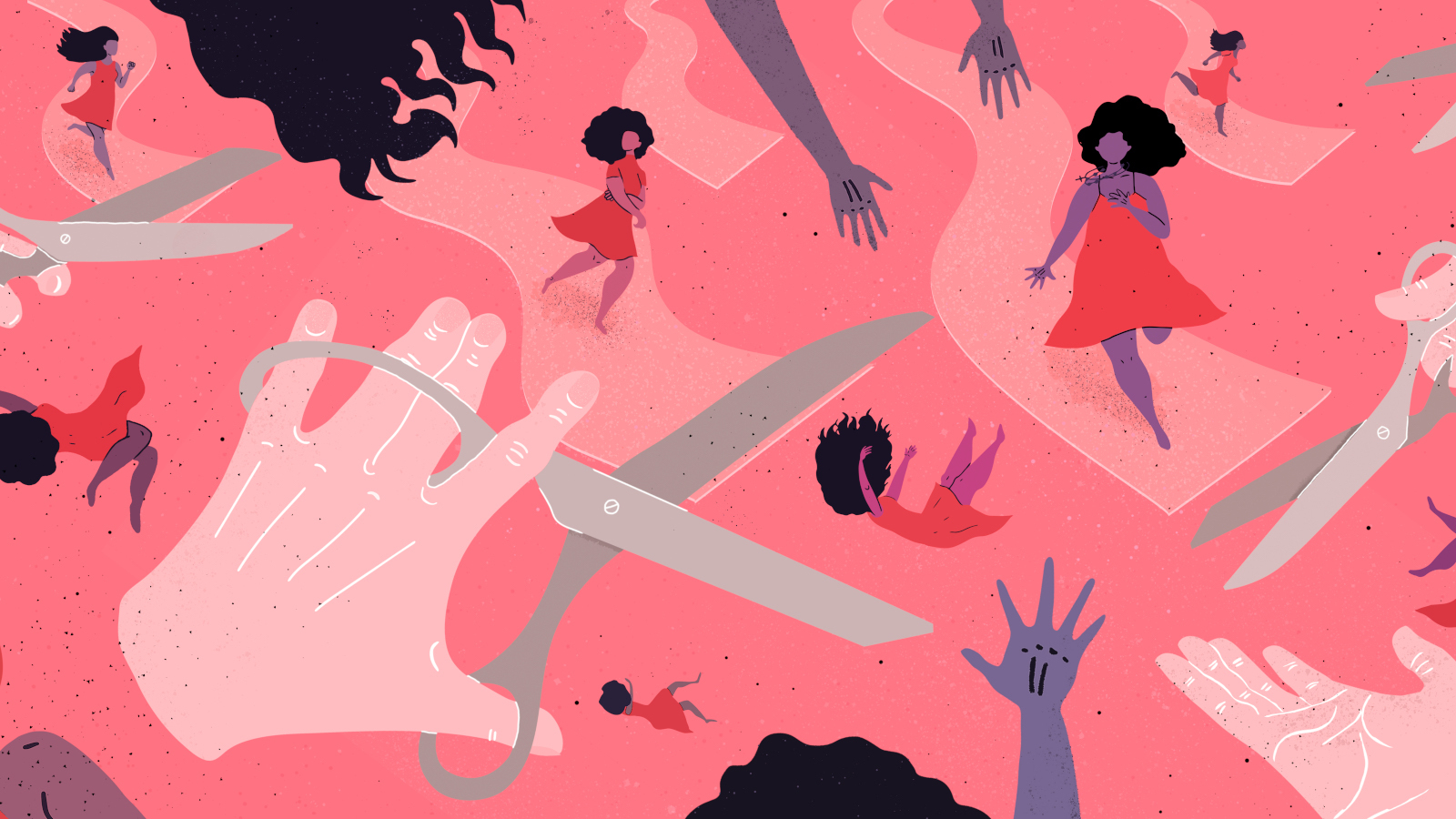Revolutionary Lives: Ruth Hubbard
By Oli Davidson
Volume 23, number 3, Bio-Politics

Did your grandmother ever try to cajole you into eating your carrots by convincing you that they would help you see in the dark? Though now understood to be untrue, this was a popular belief in Britain and Germany, spreading across Europe and America during the Second World War. Britain had a massive surplus of carrots and also had invented radar, which allowed the Royal Air Force to target German planes during the night. It seems that in order to avoid exposing this new technology, they attributed their enhanced night vision to their increased consumption of carrots, fooling both the German government and their own public by claiming that eating carrots would help people see during blackouts.1 While these scientific untruths were being plastered on walls and pushed through letterboxes up and down the country, across the pond one woman was researching the actual science behind low-light vision. This woman’s research career would bring to light the misogyny and sexism so entrenched in the science industry and lead to one of the most radical advances at Harvard: giving tenure to women.
Ruth Hubbard was born in March, 1924 in Vienna. Both her parents were socialists, physicians, and Jews who, after Hitler’s conquest of Austria in 1938, fled to the United States and settled outside of Boston. Hubbard’s academic career began there, at Radcliffe College, where she embarked on a pre-med program leading to an undergraduate degree in biological sciences.
The liberal arts college, which began as the “Harvard Annex,” admitted only women but employed Harvard professors (that is to say, only men). But the classes taught at Radcliffe were not equal to those at Harvard, and disdainful faculty members, who resented having to spend time repeating lectures to small classes of women, often sent lower-ranking staff in their place.2 Hubbard felt that a single faculty for a segregated student body was “ill-conceived” and branded the Radcliffe women as “second-class, or indeed nth-class, citizens from day one.”3
The gender separation was suspended for summer school, allowing Hubbard and one other female student to enroll in the Physics 1 course. When regular courses returned in the Autumn, however, the women were not permitted to continue on to Physics 2, which was on offer only to Harvard students. Thoroughly dissuaded from pursuing physics further, Hubbard turned her eye to biology and graduated in 1944.
Returning to Radcliffe in 1946 as a graduate student, Hubbard started working in George Wald’s lab researching the biochemistry of vision.4 Her focus was on rhodopsin—a highly light-sensitive biological pigment that enables vision in low light levels. Seeing the light herself, Hubbard fell hard for the subject (and incidentally, for Wald himself, whom she married in 1958 after divorcing her first husband, Frank Hubbard) and joined the lab after earning her PhD in 1950. She climbed the ranks from research fellow to research associate and then lecturer, and in 1967, she and Wald were jointly awarded the Paul Karrer Medal for their work on visual pigments.
It was shortly after this, having spent more than two decades contributing significantly to our scientific understanding of vision, that she embarked upon her even more eye-opening work in science and feminism. Hubbard started to move away from searching for answers and began to think about who was asking the questions, realizing that “the big questions have been asked by men, and so they ask certain kinds of questions.”5
Around the same time, she was asked to give a talk to the American Association for the Advancement of Science (AAAS) about life as a female scientist. She interviewed other female scientists to collect wider anecdotal data for her address and had her lightbulb moment, “suddenly becoming aware” that her career was not on the same trajectory as her male colleagues. While she remained a research associate, her male contemporaries were gaining professorial titles.6 With the women’s liberation movement growing around her, and America’s involvement in the Vietnam War, Hubbard followed the example of her parents’ activism in Austria and redirected her interests from science to defiance.7
Hubbard’s activism changed history. In 1974, she became the first woman to receive tenure at Harvard in biology, and with it, an “increased freedom to decide what work I wanted to do and what I wanted to teach.”8 One year into her tenure, Hubbard taught a small seminar called Bio 109, “Biology and Women’s Issues,” which applied a critical lens to issues of sexism and racism, and concerns over class, sexuality, and other oppressive structures in the history of science. By the end of the decade, Bio 109 was attracting students by the dozens. In the 1980s and beyond, Hubbard continued to author books and papers fighting against sociobiology and similar misuses of science to rationalize discrimination.9
In a 1986 article, Hubbard wrote:
Protection of women’s reproductive integrity is being used as a pretext to exclude women from better paid job categories from which they had traditionally been excluded. . . this kind of scientific myth-making is not past history. Since the 1970s, there has been a renaissance in sex differences research that has claimed to prove scientifically that women are innately better than men at home care and mothering while men are innately better fitted than women for the competitive life of the marketplace.10
Science can never be fully objective, Hubbard observed, and acknowledging this fact is a necessary step toward decreasing its subjectivity. A wildlife photographer who snaps a picture of an animal alone on a plane does not truly capture an animal alone on the plane, for there are two animals and both are generating sound, scent, heat and light. The photographer casts a shadow on their scene, and the camera applies its own lens.
Ignoring the role of politics and power in science and technology (and all of society) only reinforces their dominance. Hubbard noted that most scientists, whose research defines facts about nature that apply to all people, have been white men. The peer review process, she charged, is supposed to protect against unreliable, inaccurate, and biased research, but in practice it amounts to “like-minded people from similar personal and academic backgrounds” swapping seats on each other’s review panels.11 Scientific materials that are produced almost exclusively by white men are no more trustworthy than the Food Ministry’s carrot-pushing propaganda.
The position of women and non-white men in the sciences was improving as the new millennium drew closer, but Hubbard was further concerned that new fields of scientific endeavor, particularly genetics, posed threats to social equality on a global scale.12 She was forcefully opposed to oversimplifying the relationship between genes and traits, and ignoring the social and environmental contexts of race, gender, sexuality, and other influencing identities. She wrote, “The myth of the all-powerful gene is based on flawed science that discounts the environment in which we and our genes exist,” and worried that such information would be weaponized and misused by insurance companies, healthcare workers, parents-to-be, romantic partners, and more, in a new iteration of eugenic theory.13
In a 1990 essay titled “The Political Nature of ‘Human Nature’,” she wrote, “Thus we find scientists and science writers describing genes (which are molecules) as keys to ‘the secret of life’ or as ‘blueprints’ of the organism.” This is “a form of reductionism that explains individual behavior and characteristics of societies in terms of biological functions” that “has prompted comparisons between the sizes of men’s and women’s brains and between brains of men of different races—which scientists used to ‘prove’ the superiority of Caucasian men over men of other races and over all women.”14 As Hubbard’s prominence in the field of feminist biology continued to grow, she persisted in her polemics against reducing organisms “to chemistry and physics—even though the attributes of ‘life’ or ‘living’ be lost in the process.”15
Fifty years after her original revelation, we have not moved very far. In 2019, Caroline Criado Perez wrote in Invisible Women about the “gender data gap.”16
From seatbelt testing to office temperatures, the world around us is designed according to Caucasian male metrics, leaving females, and ethnic and racial minorities, at risk. Construction tools that are too large for female hands make the industry more challenging for them, even if their skill and proficiency is otherwise of high standard. So too, as Hubbard pointed out, female brains are not less clever, less mathematical, or less hardworking, but opportunities for training, interning, and networking in academia are made more available to men.
When it comes to facts, there is a spectrum of truth. As Hubbard wrote, “facts aren’t just out there. Every fact has a factor, a maker.”17
In the war, Britain disseminated “facts” about the benefits of eating carrots, which, once they had served their purpose, were retracted and now remain a tool only for the grandparents of vegetable-averse children. When it comes to ‘scientific truth’, so long as the purpose is for those in power to retain power, it will never be served. Hubbard saw the cycle of privileged people performing and benefitting from science and technology, and fought to stop it.
From her epiphanies in the 1960s, until her death in 2016, Hubbard wrote books and articles challenging long-held scientific theories, designed syllabuses exploring oppressive structures in science and society, and mentored young women early on in their academic careers. Hubbard became a face of change and will continue to inspire activism and social progress until women are no longer “socialized to sit at the feet of great men.”18
About the Author
Oli Davidson is a biologist by training, feminist by practice, and data analyst by vocation. She loves using writing as a creative outlet and particularly enjoys researching and writing about influential women, Jews, and queer folk who have shaped the world of science, bringing their achievements into the spotlight.
- Twitter: @olijo1910
References
- K. Anabelle Smith, “A WWII Propaganda Campaign Popularized the Myth That Carrots Help You See in the Dark,” Smithsonian Magazine, August 13, 2013.
- Ruth Hubbard, “Memories of Life at Radcliffe.” In Yards and Gates, Gender in Harvard and Radcliffe History (New York: Palgrave Macmillan), 229.
- Hubbard, “Memories of Life at Radcliffe,” 229.
- Marguerite Holloway, “Profile: Ruth Hubbard—Turning the Inside Out”, Scientific American, 272 (6): 49–50.
- Beryl Lieff Benderly, “Ruth Hubbard and the Evolution of Biology,” Science Magazine, October 2016.
- Holloway, “Profile: Ruth Hubbard”; and Benderly, “Ruth Hubbard and the Evolution of Biology.”
- Dorothy Barr, “Profiles in Science for Science Librarians: Ruth Hubbard, Scientist and Social Activist,” Science & Technology Libraries (37:1), 63–70.
- Ruth Hubbard, The Politics of Women’s Biology (Rutgers University Press, 1997), 2.
- Jonathan Beckwith, Evelynn Hammonds, Nancy Krieger, John Dowling, “Ruth Hubbard Wald, 92,” Harvard Gazette, March 8, 2017.
- Ruth Hubbard, “Facts and Feminism”, Science for the People, 18, no. 2 (April 1986), 18–19.
- Hubbard, “Facts and Feminism.”
- Holloway, “Profile: Ruth Hubbard,” 49—50.
- Ruth Hubbard and Elijah Wald, Exploding the Gene Myth (Beacon Press, 1993), 6.
- Ruth Hubbard, “The Political Nature of ‘Human Nature’,” in Alison Jagger and Paula Rothenberg, Feminist Frameworks: Alternative Theoretical Accounts of the Relationships Between Men and Women (McGraw-Hill, 3rd ed., 1993), 140–149.
- Edward B. Fiske, “Scholars Face a Challenge by Feminists,” New York Times (November 23, 1981).
- Caroline Criado Perez, “The Deadly Truth about a World Built for Men—From Stab Vests to Car Crashes,” The Guardian, February 23, 2019. See also: Caroline Criado Perez, Invisible Women: Exposing Data Bias in a World Designed for Men (Chatto & Windus, 2019).
- Hubbard, “Facts and Feminism.”
- Ruth Hubbard, quoted by Sara Corbett in “The Lives They Lived: Ruth Hubbard,” New York Times Magazine, December 21, 2016.





